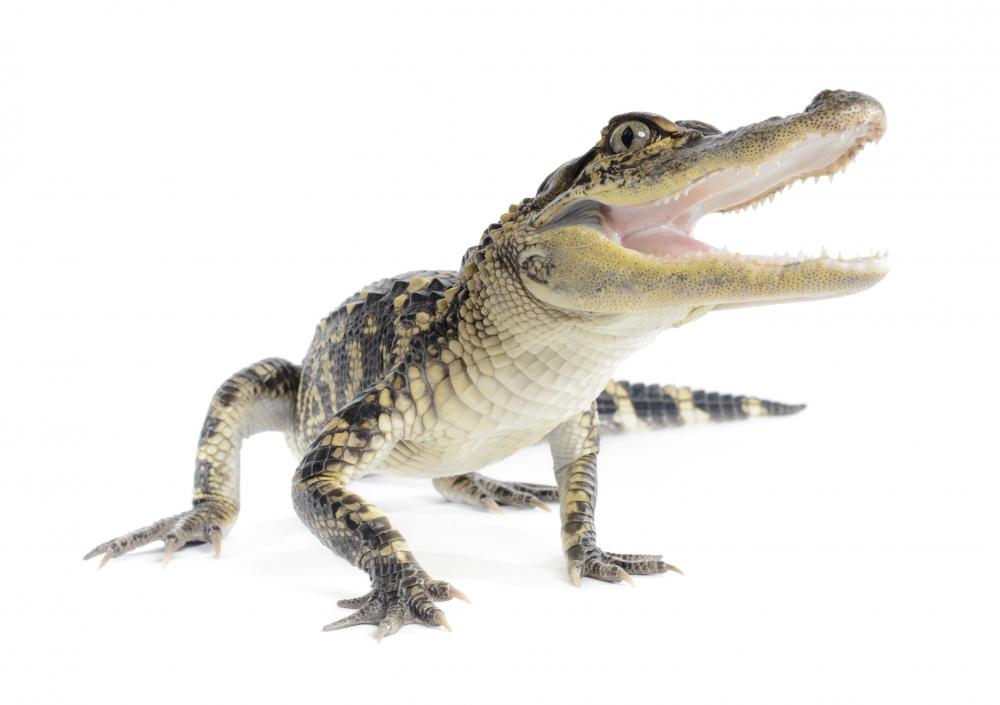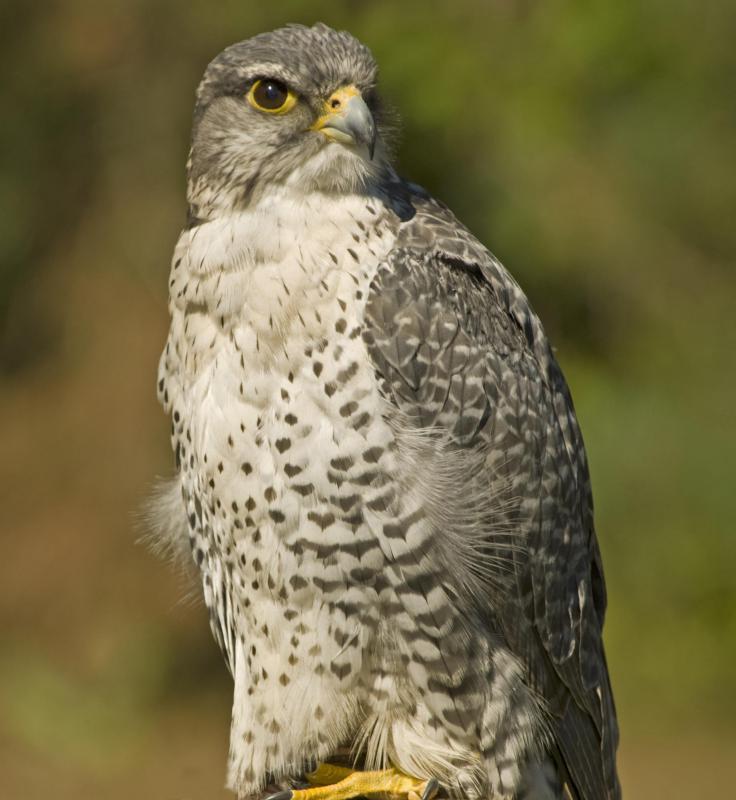At AllThingsNature, we're committed to delivering accurate, trustworthy information. Our expert-authored content is rigorously fact-checked and sourced from credible authorities. Discover how we uphold the highest standards in providing you with reliable knowledge.
What Is Wetland Ecology?
Wetland ecology includes the study of any area of land that is partially or completely submerged beneath water either permanently or for a substantial period of time each year. There are many types of wetlands, ranging from swamps to coastal tidal wetlands. Each environment contains a unique mix of plants and animals.
The study of swamps is a large branch of wetland ecology. Swamps are largely defined by the presence of submerged but still-living trees. These areas generally exist on flood plains near rivers and can become quite large. The Al-Sudd swamp system in southern Sudan, for example, covers over 30,000 square kilometers (18,641 square miles). In the United States, the Big Cypress Swamp, which is adjunct to the Florida Everglades, contains 2,400 square miles (3,862 square kilometers) of wetland ecology.

Swamps have a great deal of biodiversity. Large reptiles, such as alligators and crocodiles, seem particularly at home in these areas. Insect life is abundant and provides food for numerous species of fish and birds. Stagnant pools within these ecosystems host a variety of aquatic plants and fungi.
Marshlands often border swamps, but they can also be formed independently. These areas can be comprised of freshwater or a combination of fresh and saltwater. Generally, the waters in marshlands are more stagnant than swamps, and there are few to no trees.

Areas of marshlands that border the ocean often contain a mix of freshwater and saltwater. Brackish marshes and salt marshes have the highest salt content and often the least variety of wildlife. Salt-resistant grasses, such as oyster grass and wire grass, thrive in these ecosystems. Crabs, oysters, and fish washed in by the tides attract countless birds.

Freshwater marshes and intermediate marshlands have mild to no saltwater content. As a result, plant and animal life is plentiful and diverse. Mammals, particularly rodents, are abundant in these areas. Waterfowl, such as ducks and geese, are omnipresent as are small reptiles like frogs and turtles. Wetland ecology in marshes also comprises many of the same species of fish and birds that are present in local waterways.

Wetland ecology also, to a lesser extent, includes the study of bog habitats. Much like swamps, these wetlands are often wooded. Bog water, however, is extremely acidic and usually quite stagnant. This combination often produces peat when large amounts of dead moss or lichen are present.
Animal life within bogs is limited by the acidity of the water. The species that are present, however, are often highly adapted to the conditions of the bog environment. As a result, these plants and animals are rarely found in other areas.
Frequently Asked Questions
What is wetland ecology?

Wetland ecology is the study of the complex interactions among organisms and their environment in wetland areas. These ecosystems are characterized by their saturation with water, either permanently or seasonally, which creates a unique habitat for a diverse range of plant and animal species. Wetland ecologists examine how these species interact, the flow of energy and nutrients, and the impact of environmental changes.
Why are wetlands important to the environment?

Wetlands play critical roles in the environment, such as filtering pollutants from water, providing habitat for wildlife, and acting as buffers against floods. According to the Environmental Protection Agency, wetlands can store carbon at a rate 10 times greater than forests, helping to mitigate climate change. They also support high biodiversity and are crucial for many species' life cycles.
What types of wetlands exist?

There are several types of wetlands, including marshes, swamps, bogs, and fens. Marshes are typically grassy areas flooded with water, while swamps are forested wetlands. Bogs are freshwater wetlands with spongy peat deposits, acidic waters, and a floor covered by a thick carpet of sphagnum moss. Fens are similar to bogs but are less acidic and have higher nutrient levels.
How do wetlands benefit humans?
Wetlands offer numerous benefits to humans, such as reducing flood risks by absorbing excess water, recharging groundwater supplies, and supporting fisheries and agriculture. They also provide opportunities for recreation and tourism. Economically, wetlands are valuable; for instance, the United States' coastal wetlands are estimated to provide storm protection services worth billions of dollars annually.
What are the threats to wetland ecosystems?
Wetland ecosystems face threats from human activities such as development, pollution, and drainage for agriculture. Climate change also poses a significant risk, leading to sea-level rise, altered rainfall patterns, and increased temperatures. The Ramsar Convention reports that wetlands are disappearing three times faster than forests, emphasizing the urgency of conservation efforts.
How can we protect and restore wetlands?
Protecting and restoring wetlands involves legal protection, sustainable management, and restoration projects. Governments and organizations can implement policies to regulate land use and reduce pollution. Restoration can include re-establishing natural water flows, replanting native vegetation, and removing invasive species. Public education and community involvement are also key to successful wetland conservation.
AS FEATURED ON:
AS FEATURED ON:

















Discussion Comments
@Ana1234 - Unfortunately, it's just not valued enough and is one of the most vulnerable of all ecosystems. There used to be way more wetlands in the world than there are today. Unfortunately, people tend to think of it as wasted land because you can't build or grow anything there and they will drain them away.
This is one of the reasons we get so much flooding as well. Those wetlands are often keeping rivers in check by giving them a place to rise if there is too much rain. Without the wetlands, you end up with water going everywhere.
@croydon - There are some movies that show them as beautiful places. The two that spring to mind are The Princess and the Frog, which is a cartoon, but does show the diversity of creatures that can live in a swamp, and Beasts of the Southern Wild, which I thought really showcased how beautiful the area can be, even after a flood.
Those were just based in US swamps though. Wetland ecology is something that you find all over the world.
I always thought of wetlands as being quite ugly places, because they often get portrayed like that in movies, but I visited some with my father in Florida a few years ago and they were extraordinarily beautiful. There was so much wildlife, with birds and butterflies all over the place and we saw snakes and alligators and turtles. I was completely blown away by it.
Apparently there are also tours where you can explore the area by night and see all the nocturnal creatures and I'd love to give that a try as well.
Post your comments